Estación de Andong (안동역)
16.1 Km 848 2021-02-04
Gyeongdong-ro 684, Andong-si, Gyeongsangbuk-do.
La Estación de Andong se asienta en la línea ferroviaria Jungang. Abrió el 15 de octubre de 1930 y todos los trenes de pasajeros que actualmente utilizan las líneas de Jungang y Yeongdong se detienen en esta estación. Se instaló una torre de agua en 1940, cuyas 12 caras son únicas, y de allí radica como su designación como Propiedad Cultural Registrada de Corea N° 49. Para aquellos que realicen trasbordo a autobuses interurbanos, la Terminal de Andong se encuentra a unos 6 kilómetros, a la que se puede llegar con los autobuses locales 0, 1, 2 y 11 desde la Estación de Andong.
Museo de Contenidos de Cultura Tradicional (전통문화콘텐츠박물관)
16.1 Km 27212 2023-07-10
Seodongmun-ro 203, Andong-si, Gyeongsangbuk-do
Seoul Galbi (서울갈비)
16.1 Km 64 2021-03-30
19, Dongheung 1-gil, Andong-si, Gyeongsangbuk-do
+82-54-859-6264
This restaurant with 30 years of history, which uses carefully selected hanu (Korean beef) only. This Korean dishes restaurant is located in Andong-si, Gyeongsangbuk-do. The representative menu is grilled ribs.
Jeonghwa Junghwayori (정화중화요리)
16.2 Km 37 2021-03-24
19, Gangnam, 8-gil, Andong-si, Gyeongsangbuk-do
+82-54-822-8696
This is where you can eat delicious sweet and sour pork (Tangsuyuk). The best menu at this restaurant is sweet and sour pork. This Chinese (cuisine) restaurant is located in Andong-si, Gyeongsangbuk-do.
Aldea Gunja de Andong (Sitio Arqueológico de Ocheon) (안동 군자마을(오천유적지))
16.2 Km 24398 2024-04-30
Gunjari-gil 29, Waryong-myeon, Andong-si, Gyeongsangbuk-do
La rama Ye-an del fundador del clan Gwangsan Kim, Hyo-ro Kim, creó esta aldea, y desde entonces sus descendientes han vivido aquí. En 1974, cuando se construyó la presa de Andong, la aldea fue transladada desde la zona de Yean-myeon hasta Waryong-myeon, también en Andong, manteniendo su forma original. Entre esos dos puntos, están los puntos culturales del pabellón Takcheongjeong y la residencia Hujodang. En la sala de exhibiciones del pabellón Sungwongak se pueden encontrar extraños archivos que relatan la historia de la familia. Algunos de esos documentos que se exponen son registros familiares, documentos inmobiliarios y registros sobre los sirvientes. Entre esos escritos, hay 7 diferentes que se muestran en 429 piezas.
Pabellón Takcheongjeong
Fue construido en 1541 por el jefe de la rama Ye-an del clan Gwangsan Kim. El pabellón es único y diferente a otros. Permanece como un tesoro y punto cultural muy importante. Durante la dinastía Joseon, el famoso calígrafo Ho Han le puso su nombre actual.
Residencia Hujodang
Esta residencia perteneció al jefe de Ye-an. La fecha exacta de su construcción se desconoce, pero fue realizada por Bupil Kim, quien vivió entre 1516 y 1577. La estructura fue construida separada de la casa principal. Los cuarteles anexos fueron divididos en áreas exteriores e interiores, siendo Hujodang la parte exterior.
CHIAMGOTAEK [Korea Quality] / 치암고택 [한국관광 품질인증]
16.2 Km 39329 2023-04-13
297-10, Toegye-ro, Andong-si, Gyeongsangbuk-do
+82-54-858-4411, +82-10-3530-4413
Chiam Old House in Anmak-dong, Andong, Gyeongsangbuk-do is an old traditional Korean house once owned by Lee Man-hyeon(pen name Chiam) who was the 11th-generation descendant of “Toegye” Yi Hwang, one of the most prominent Korean Confucian scholars of the Joseon Dynasty and a high-ranking government official during the reign of King Gojong. This house was originally located in Wonchon-ri, Dosan-myeon but was relocated to its current location in 1976 after a flood caused by the collapse of Andong Dam. Chiam Old House consists of 22 rooms, 5 gates, and 1 detached building. The main building is taller than the detached building. One of the unique features of this detached building is that it has both gable roof and gambrel roof on either side. Listed as Gyeongsangbuk-do Folklore Material No. 11, Chiam Old House now serves as a guesthouse for those wishing to experience an old traditional Korean house. The rooms that are open to guests are “Seongmyeongjae,” “Gyeongeopjae,” and “Nakseongdang.” The large room called “Bakkatchae,” or outer building, is the most comfortable one to stay in for a night, since it's furnished with kitchen, TV, air conditioner, and bathroom. “Seongmyeongjae” means “honesty and integrity” in Korean. It’s an “ondol (Korean floor heating system)” room typical of any traditional Korean house, where you have to sleep on the floor. "Gyeongeopjae" is the most popular one among the guests, and its name means “unselfish and reverent.” The rooms next to the gate called “Ilgeonjae,” “Seokcheonjae,” and “Hakgujae” located along the wall are great places to stay if you want to see the surroundings and the old house at the same time. “Jamnyongdang” on the east side of the main building is named after the small pond in the yard, and it means “to strive to be a man of virtue like the dragon flying in the sky.” There are lots of beautiful flowers in the small garden in complete harmony with the old house and surrounding mountains, making it a great place to take a leisurely walk as you experience the history.
Waryong Gisa Sikdang(와룡기사식당)
16.2 Km 45 2020-11-26
8 Taerigeumsan-ro Andong-si Gyeongsangbuk-do
+82-54-854-8980
It is a Korean restaurant with 20 years’ tradition. This Korean dishes restaurant is located in Andong-si, Gyeongsangbuk-do. The most famous menu is braised chicken.
Sambo Japtang Haemuljjim (삼보잡탕해물찜)
16.2 Km 49 2021-03-30
19, Yeongga-ro, Andong-si, Gyeongsangbuk-do
+82-54-857-6255
This is a store where you can taste spicy Korean seafood dishes. The best menu at this restaurant is assorted seafood stew. This Korean dishes restaurant is located in Andong-si, Gyeongsangbuk-do.
Danhyang Haejangguk (단향해장국)
16.2 Km 71 2021-03-30
19, Yeongga-ro, Andong-si, Gyeongsangbuk-do
+82-54-842-2200
It is a restaurant frequently visited by locals. This restaurant's signature menu is hangover soup. This Korean dishes restaurant is located in Andong-si, Gyeongsangbuk-do.
Festival de la Danza de Máscaras de Andong (안동국제탈춤페스티벌)
16.3 Km 5029 2024-07-31
Gyeongdong-ro 684, Andong-si, Gyeongsangbuk-do.
054-840-3421

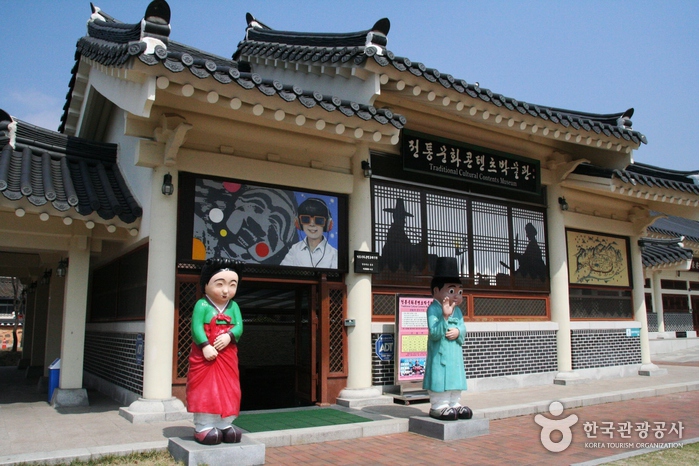
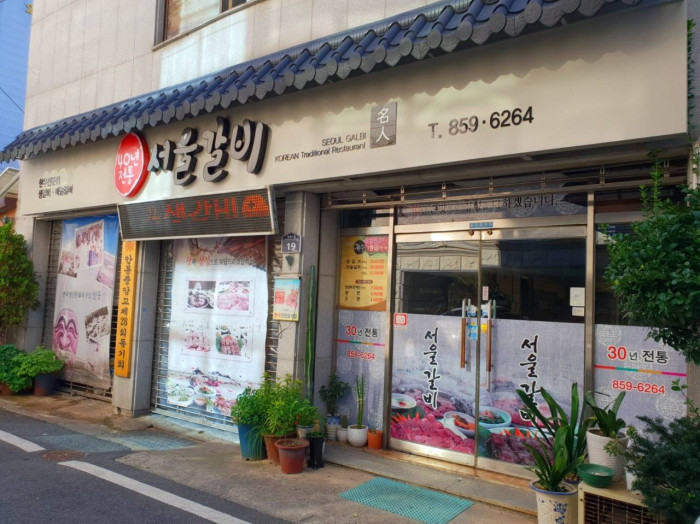
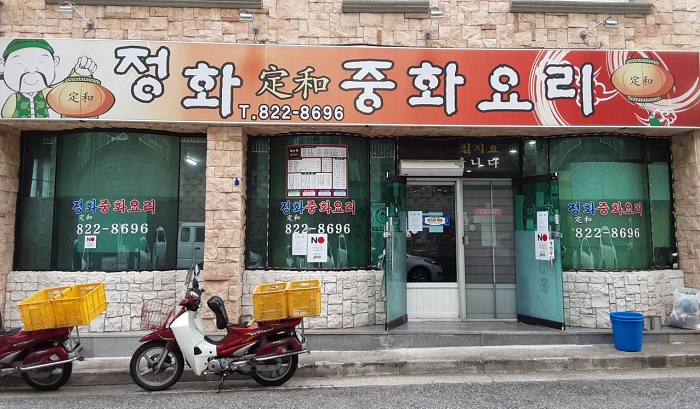
![CHIAMGOTAEK [Korea Quality] / 치암고택 [한국관광 품질인증]](http://tong.visitkorea.or.kr/cms/resource/31/2580131_image2_1.jpg)
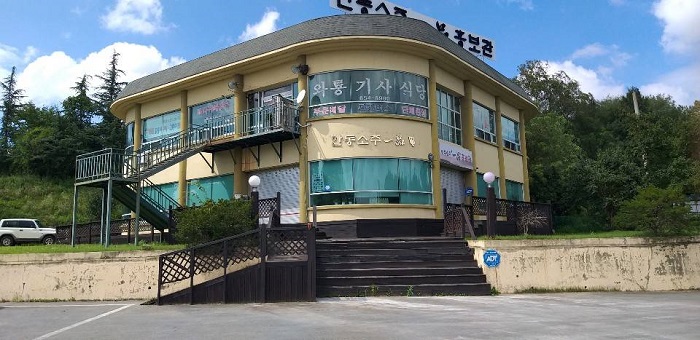
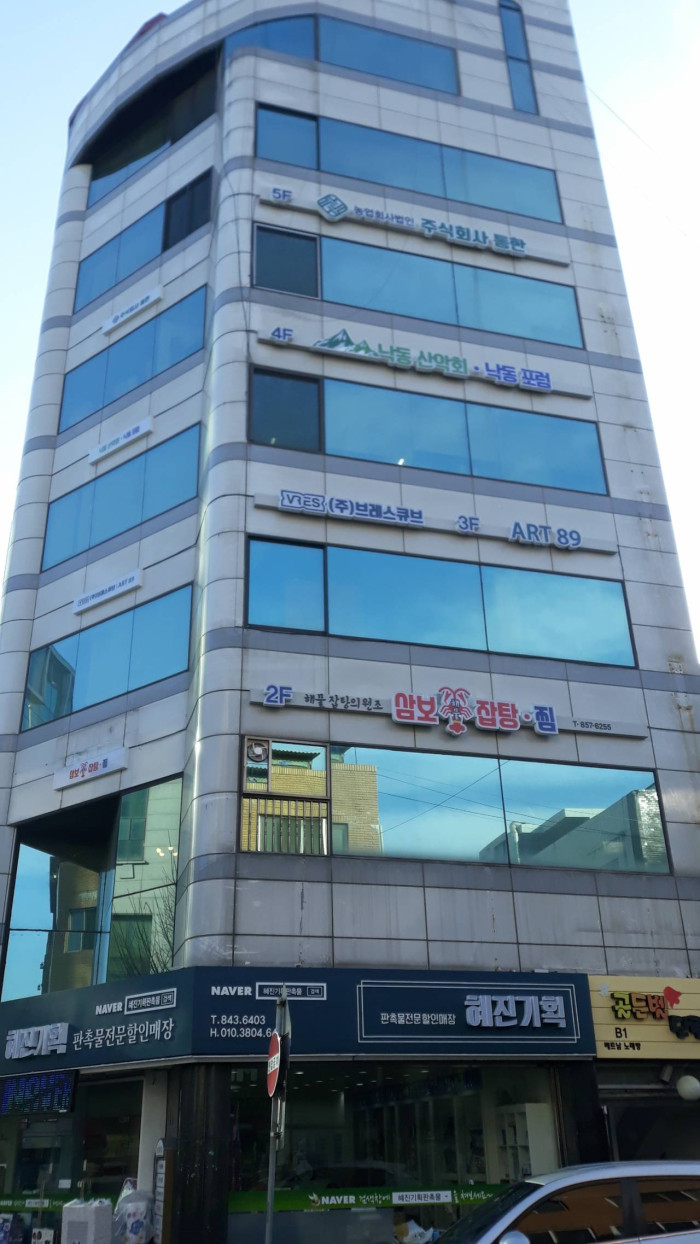
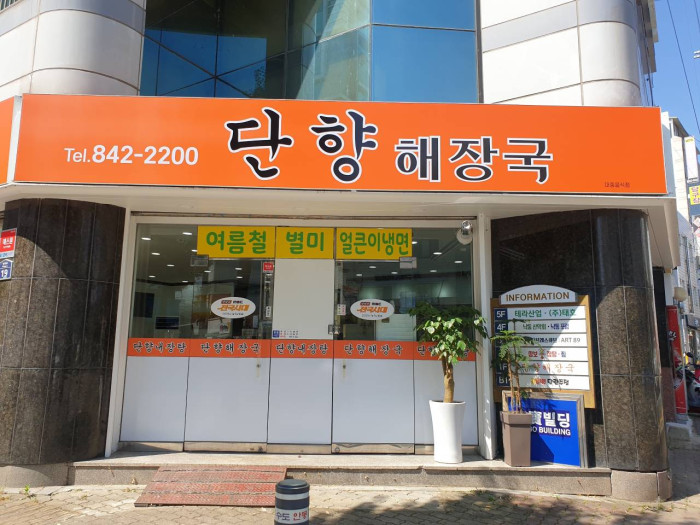
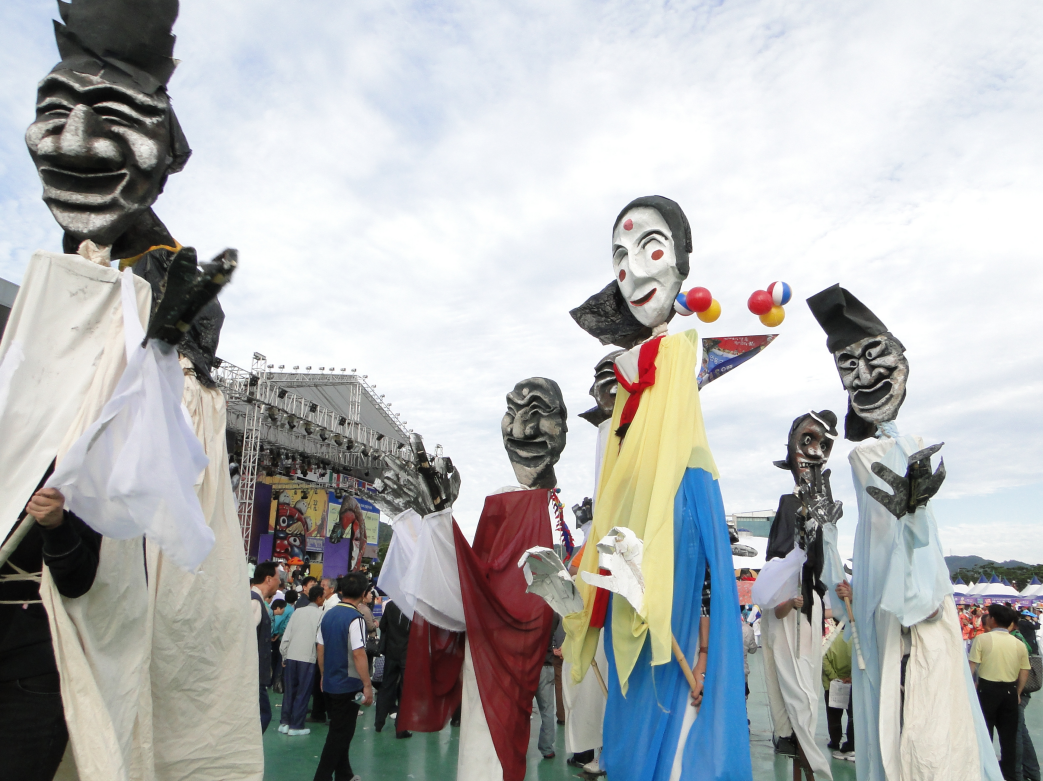
 Español
Español
 한국어
한국어 English
English 日本語
日本語 中文(简体)
中文(简体) Deutsch
Deutsch Français
Français Русский
Русский